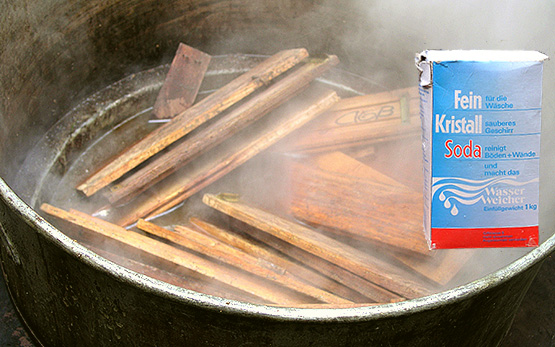Royet K., Kergoat L., Lutz S., Oriol C., Parisot N., Schori C., Ahrens C., Rodrigue A., Gueguen E.
High-throughput Tn-seq screens identify both known and novel pseudomonas putida KT2440 genes involved in metal tolerance.
Environmental Microbiology, 27, 2025, Article e70095.
Pold G., Bonilla Rosso G., Saghaï A., Strous M., Jones C. M., Hallin S.
Phylogenetics and environmental distribution of nitric oxide forming nitrite reductases reveals their distinct functional and ecological roles.
ISME Communications, 4, (1), 2024, Article ycae020.
Thoenen L., Giroud C., Kreuzer M., Waelchli J., Gfeller V., Deslandes-Hérold G., Mateo P., Robert C.A.M., Ahrens C., Rubio-Somoza I., Bruggmann R., Erb M., Schläppi K.
Bacterial tolerance to host-exuded specialized metabolites structures the maize root microbiome.
Proceedings of the National Academy of Sciences, 120, (44), 2023, 1-11.
Valentin J.D.P., Altenried S., Varadarajan A.R., Ahrens C., Schreiber F., Webb J.S., van der Mei H.C., Ren Q.
Identification of potential antimicrobial targets of pseudomonas aeruginosa biofilms through a novel screening approach.
Microbiology Spectrum, 11, (2), 2023, 1-5.
Bonilla Rosso G., Segessemann T., Heiniger B., Ahrens C.
Microbial Genomics & Bioinformatics Team: Overview of core competences.
Dans: Summer Party & Exchange Meeting. 2. August, Posieux. 2023, 1.
Meier-Credo J., Heiniger B., Schori C., Rupprecht F., Michel H., Ahrens C., Langer J. D.
Detection of known and novel small proteins in pseudomonas stutzeri using a combination of bottom-up and digest-free proteomics and proteogenomics.
Analytical Chemistry, 95, (32), 2023, 11892-11900.
Hug S., Heiniger B., Bolli K., Paszti S., Eberl L., Ahrens C., Pessi G.
Paraburkholderia sabiae uses one type VI secretion system (T6SS-1) as a powerful weapon against notorious plant pathogens.
Microbiology Spectrum, 11, (4), 2023, 1-14.
Hadjeras L., Heiniger B., Maass S., Scheuer R., Gelhausen R., Azarderakhsh S., Barth-Weber S., Backofen R., Becher D., Ahrens C., Sharma C.M., Evguenieva-Hackenberg E.
Unraveling the small proteome of the plant symbiont Sinorhizobium meliloti by ribosome profiling and proteogenomics.
microLife, 4, 2023, 1-22.
Bellés-Sancho P., Liu Y., Heiniger B., von Salis E., Eberl L., Ahrens C., Zamboni N., Bailly A., Pessi G.
A novel function of the key nitrogen-fixation activator NifA in beta-rhizobia: Repression of bacterial auxin synthesis during symbiosis.
Frontiers in Plant Science, online, (28 September), 2022, 1-20.
Riesbeck S., Petruschke H., Rolle-Kampczyk U., Schori C., Ahrens C. H., Eberlein C., Heipieper H. J., von Bergen M., Jehmlich N.
Adaptation and Resistance: How Bacteroides thetaiotaomicron Copes with the Bisphenol A Substitute Bisphenol F.
Microorganisms, 10, (8), 2022, 1-16.
Wülser J., Ernst C., Vetsch D., Emmenegger B., Michel A., Lutz S., Ahrens C., Vorholt J., Ledermann R., Fischer H.-M.
Salt- and osmo-responsive sensor histidine kinases activate the Bradyrhizobium diazoefficiens general stress response to initiate functional symbiosis.
Molecular Plant-Microbe Interactions, 35, (7), 2022, 604-615.
Valentin J.D.P., Straub H., Pietsch F., Lemare M., Ahrens C., Schreiber F., Webb J.S., van der Mei H.C., Ren Q.
Role of the flagellar hook in the structural development and antibiotic tolerance of Pseudomonas aeruginosa biofilms.
The ISME Journal, 16, (4), 2022, 1176-1186.
Ahrens C., Wade J.T., Champion M.M., Langer J.D.
A practical guide to small protein discovery and characterization using mass spectrometry.
Journal of Bacteriology, 204, (1), 2022, e0035321.







